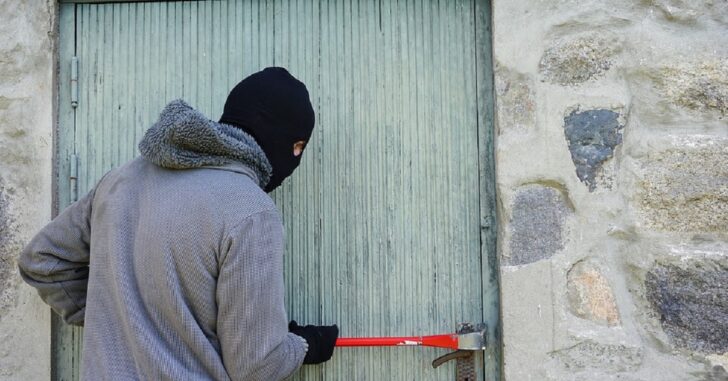So, you’re looking for a new home defense firearm.
The first thing you have to ask yourself when looking for a home defense firearm is easy: why?
Why is my current firearm not adequate for home protection?
If you’re starting off with your very first firearm, the answer to that is easy. If not, keep whatever you’re missing from your current firearm in mind when you hit the marketplace. People buy “new and shiny” all the time for “new and shiny”‘s sake, and while there’s nothing wrong with that you definitely don’t want to be shopping again three months from now because you didn’t assess everything you need in a home defense platform.
Here are a couple things to keep in mind when shopping for a home defense firearm:
1. Can I move with a minimum of impediment from my gun?
Your home defense firearm needs to be able to move with the swiftness and certainty that you will need to effectively secure your home. That means if you are moving around with a B.A.R. or a 28″-barreled shotgun, you are at a disadvantage.
Are larger, heavier guns light years better than nothing when it comes to self-defense? Of course! If you have a choice, however, opt for something comfortable to maneuver with.
2. Will this firearm have stopping power enough to neutralize a threat?
There are many accounts in which assailants are neutralized, even killed, with small-caliber firearms. Shot placement is just as important as stopping power, but there’s no reason that the majority of shooters can’t have both. Try to keep a firearm no smaller than .380 ACP for home defense, and use self-defense ammunition, which will not only boost stopping power but also lower the threat of over-penetration. Over-penetration is a problem when the bullet goes through the bad guy (or you miss completely) and heads through your wall and into the neighbor’s house.
That being said, if you’ve kept a .22LR for eternity and plan to continue keeping a home defense firearm in that caliber until the day you die, do what you feel you need to do.
3. Is this firearm absolutely reliable?
Don’t use a defense firearm that will fire 999 times out of 1,000. Use a firearm that will go “Bang!” every time. Although semi-automatics are miles away from where they once were in terms of reliability, there are some who feel the need for a mind-numbingly simple firearm like a pump-action shotgun or a revolver for that assurance.
More power to them — both are fantastic choices for self-defense.
4. Can I make this firearm into an extension of myself?
Is that a little cliche? Probably, but the point is valid. You need to pick a firearm that you are willing to shoot and operate so many times that at 2 a.m. firearm manipulation and accuracy are the least of your concerns.
Bonus: Is this firearm — or can I make this firearm — easy to operate in specifically low-light conditions?
In other words, can you attach night sights, a laser, flashlight, or some combination therein to your home defense firearm? Any advantage you can give yourself is important. There are some that argue that the use of a flashlight just highlights yourself to a potential attacker, but the fact of the matter is we are honor-bound to know our target and what’s behind it.
If you keep lights on in the house, you’e got a little leeway there. If not, consider whether or not a flashlight might help you in case of an emergency.
Have anything else to add? Tell us in the comments below.

